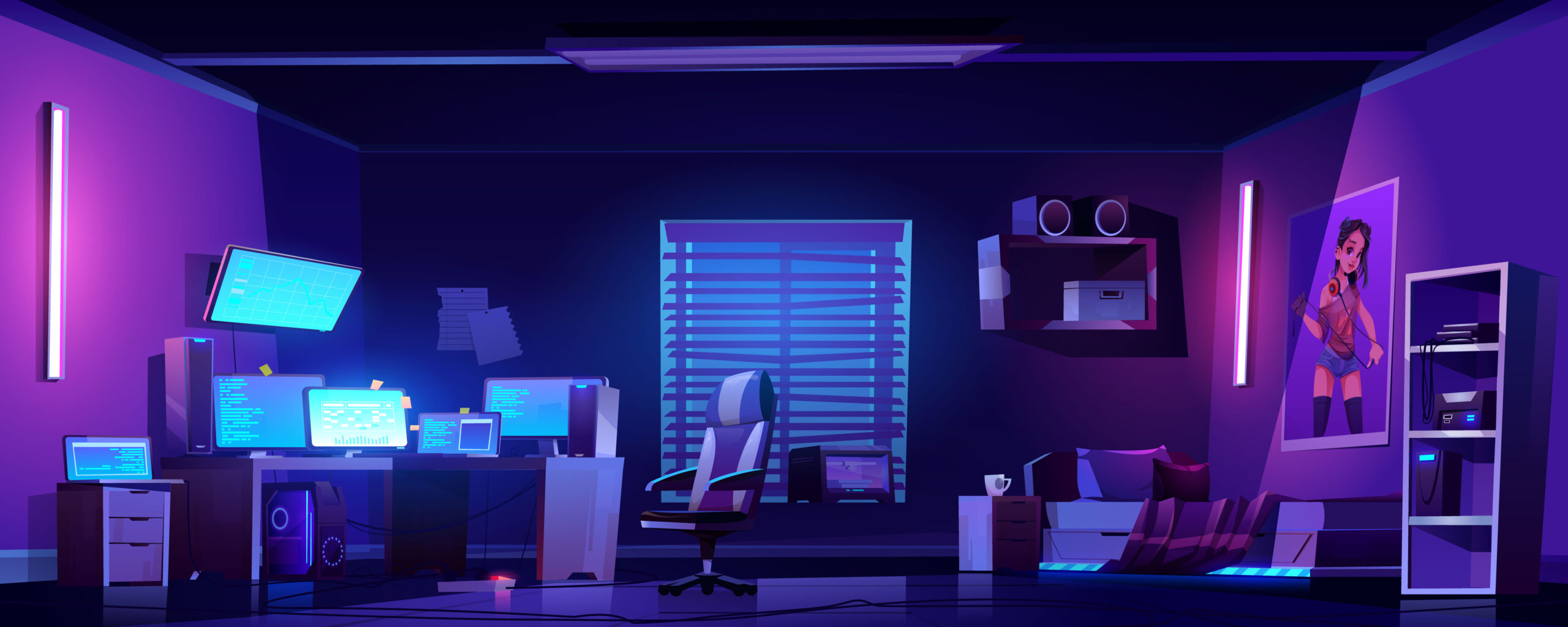With 2022 behind us, it’s time for our annual look back and look ahead at the biggest trends shaping the video game industry. While we might have new jobs, Virtual Economy and our trends analysis aren’t going anywhere. So sit back, grab a cup of your favorite holiday beverage, and join us for our annual review!
Looking Back at 2022
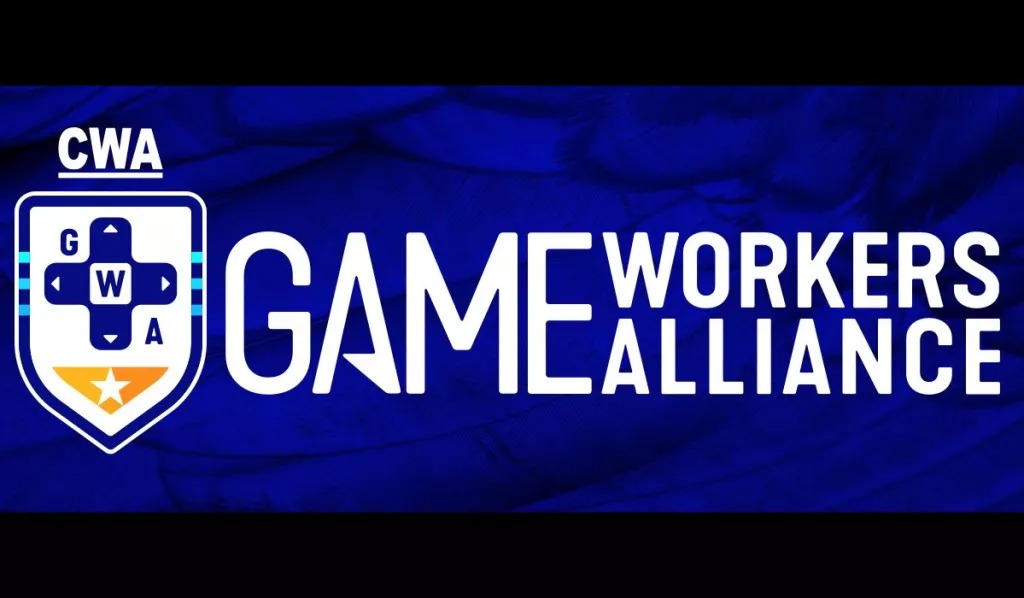
The Labor Movement is Full Steam Ahead!
It’s been a long road, but 2022 saw the first AAA unions, following a number of indie studios that led the way in organization. The Game Workers Alliance fought a battle against Activision to secure collective bargaining certification for quality assurance workers at both Raven and Blizzard Albany. Despite Activision’s desperate attempts to get the National Labor Relations Board to stop the certification and force the vote to encompass the whole studio, both labor groups successfully unionized.
The NLRB cited that QA workers are typically paid less than other departments, are supervised separately, and perform distinct and discrete functions. This paved the way for the oft-maligned QA teams to organize and begin the collective bargaining process. (The NLRB also determined that Activision retaliated against unionizing employees by withholding raises it was granting to QA employees at other studios.)
As we head into 2023, the year kicked off with Bethesda QA workers voting to unionize. Microsoft’s labor neutrality agreement led the company to immediately voluntarily reconize the bargaining unit. (One reason we’re hopeful that the Microsoft / Activision acquisition closes.) These are just the opening moves in what is sure to be a major reformation of the video game industry’s relationship with labor.
Whether this will remain focused on QA departments or grow to envelope the rest of studio and publisher operations is something that remains to be seen. Activision Blizzard-owned Proletariat (acquired in July 2022) will test those waters, as it has filed for a National Labor Relations Board election. Activision Blizzard has not yet responded to the group’s request for voluntary recognition. Given their past behavior, we expect Activision to make this as difficult as possible for its employees.
Once these large companies finally come to the table, we’re eager to see how these collective bargaining agreements evolve and how unions either force or inspire management to rethink labor practices.

Macroeconomic Factors are Shaping the Industry
Between the lingering effects of a global pandemic and the war in Ukraine, economic pressures have rapidly shifted game industry forecasting. While we learned that the industry is truly pandemic-proof, it isn’t recession- and inflation-proof. In August, Meta made an unprecedented move, increasing the price of its two-year-old standalone VR headset, the Quest 2 by $100 for each of the two models (128 GB and 256 GB).
Sony followed suit, jacking the price of the PS5 (everywhere except in the U.S.) by about 10% – 15% (from €500 to €550 in the EU for the disc drive model and €400 to €450 for the digital only model). Economic pressures on loss-leading items forced both companies’ hands (especially as Meta posted its first-ever revenue drop).
While Microsoft is holding steady on console pricing, it has finally made the call to increase the prices of first-party, new-generation games from $60 to $70. This move follows publishers like Sony, Take-Two, Activision, Warner Bros., and other AAA companies that increased game prices from the start of the generation.
As disposable income becomes pinched due to increased prices on everything from fuel to groceries, players are going to have less wiggle room for entertainment expenses. The longer this inflationary period continues, the harder it’s going to get for luxury goods like gaming. Interest is going to stay high as players look for discounts, but we expect consumer resources will see the sharp turn toward contraction continue. This does mean that hardware supply is likely to normalize, and engagement in games that players already have will remain high. There’s opportunity here for games that have a healthy monetization and engagement loop to win big even as industry revenue tips downward.
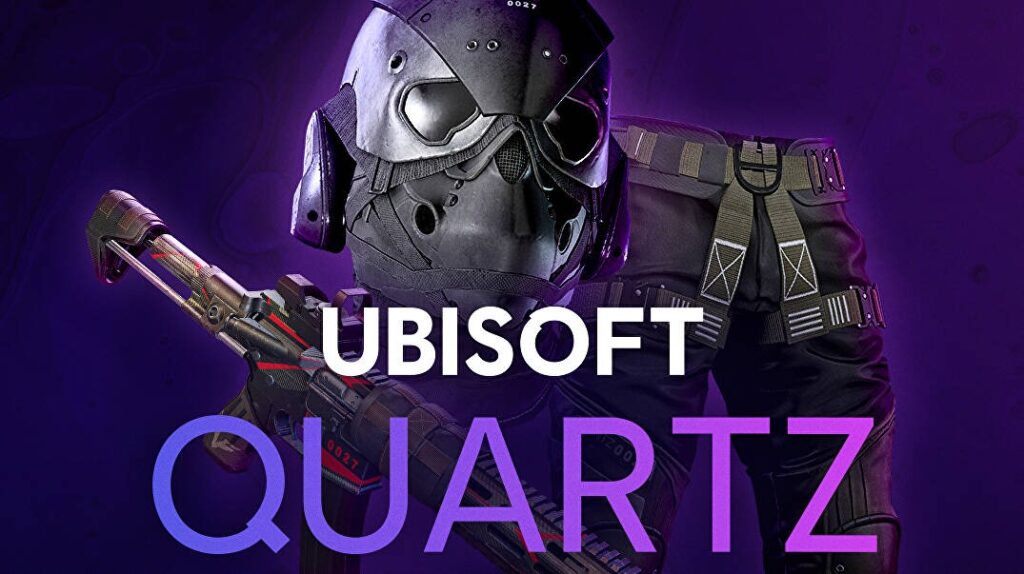
The Rise and Fall of NFTs
The amount of times that the Chronically Online (of which we have often been) have facepalmed over the rise and subsequent fall of NFTs has got to be somewhere in the millions. Almost no one in gaming has sidestepped this flash-in-the-pan crypto phenomenon, even at a cursory level. For those that managed to… well, buckle up.
NFTs, or Non-Fungible Tokens, were all the rage at the beginning of 2022. The concept of an NFT is fairly simple: you own a certificate to a unique item that’s secured on the blockchain but not the actual item itself. (No, owning the NFT to the Mona Lisa does not mean you own the Mona Lisa.) In essence, owning an NFT is like owning a “Certificate of Authenticity” for a valuable collectible… without the collectible itself.
In gaming, NFTs worked differently. They acted as in-game collectibles and unique items that only select players would have access to. This manifested in a handful of games using NFT technology to create interesting skins and cosmetics for their games, urging players to consider the benefit of being able to carry a cosmetic from one game to another.
You see the issue.
Interoperability and licensing legal issues would make incorporating NFTs into a player’s game(s) of choice a nightmare for developers. That kind of technology infringes on a studio’s creative vision for their game, not to mention the issues with maintenance. For a minute, there were two camps of players: those that had money to burn and NFTs to buy and those that saw NFTs as the blatant cash-grab that they’d turned into.
The players with the louder voices (and more common sense) drove NFTs out of gaming as quickly as they showed up, like a digital mob chasing the charlatans out of town on the railroad tracks. Good riddance to bad rubbish.
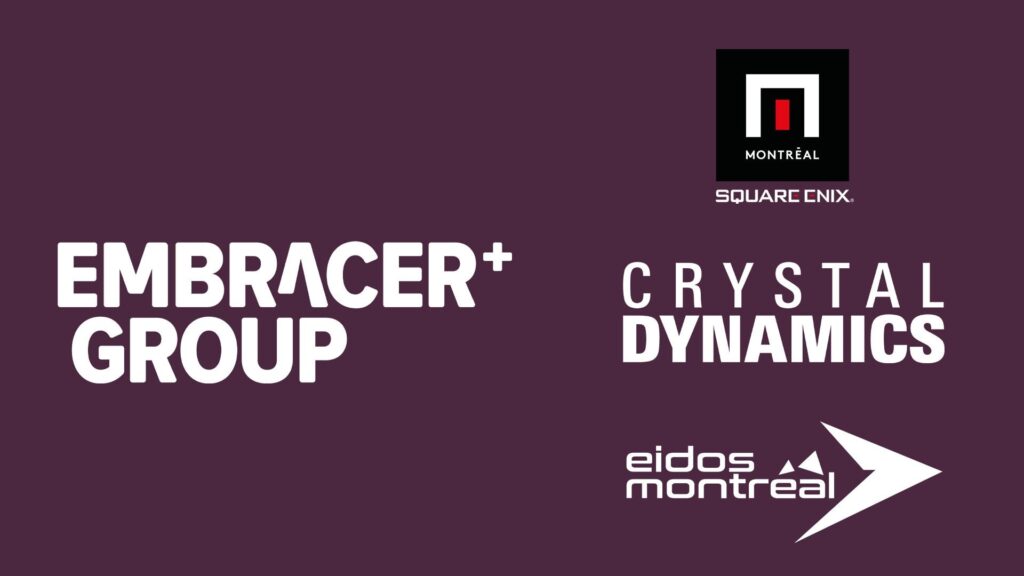
Mergers and Acquisitions are Cooling Off
M&A has been dominating the conversation since the tail-end of 2020, reaching a crescendo by June of 2021 and mostly falling off a cliff by early 2022. We’ve talked about it a lot on Virtual Economy: games are pandemic-proof, not recession-proof. As the world at large dances ever closer to a full global recession, mergers and acquisitions (as well as investments overall) are going to have to take a backseat as stability takes over as primary concern for many businesses.
The real kicker is something we identified as a major cause for concern in an earlier trends piece: studio consolidation. Going back as far as 2018 when Microsoft started their acquisition spree, M&A has ensured an alarming amount of companies are now under a smaller number of larger roofs. If those roofs collapse, everything underneath goes down with them. The safety that giant companies like Embracer once afforded established publishers and studios isn’t gone per se, but it’s not as steady as it once was.
To wit, look at how Embracer is handling the new Tomb Raider game. Instead of allowing the former Square Enix West studios to handle the publication internally (or leaning on any number of full publishing operations in the large Embracer family), the Swedish mega-conglomerate has courted Amazon Game Studios to take on that publishing risk. And speaking of Square Enix, since selling off its Western operations, the publisher has also flirted with the idea of selling equity in its remaining studio operations to defray risk. As consolidation becomes a potential headache, we’re likely to see more of these deals throughout 2023 and into 2024.
Looking Ahead to 2023
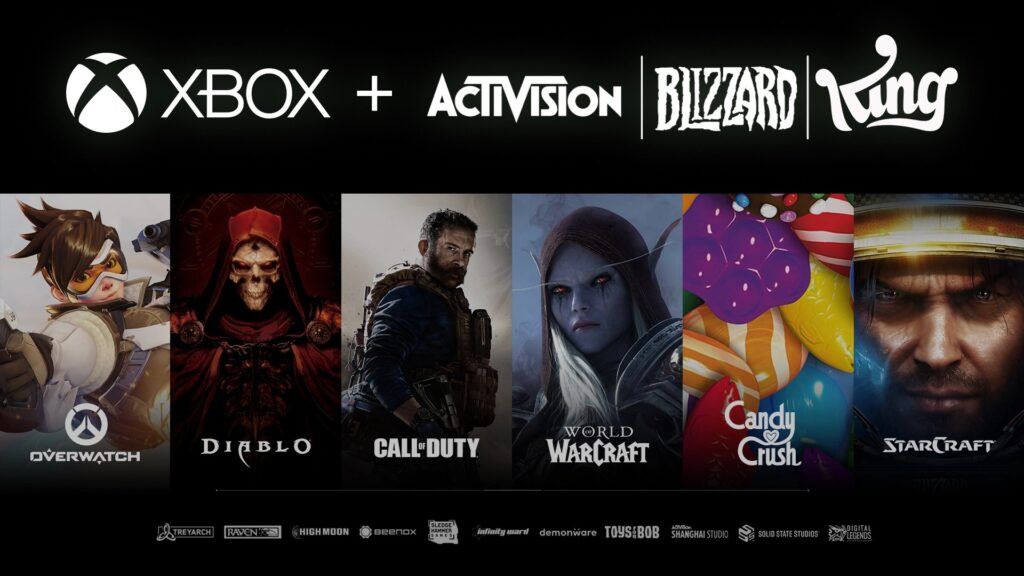
The Microsoft / Activision Acquisition Outcome Will Reshape the Industry
One of the biggest news stories of 2022 is likely to shape the game industry for 2023 and beyond. Microsoft’s proposed $69 billion acquisition of Activision Blizzard has been the prevailing story of 2022 (just as Epic v Apple led the Discourse in 2021). The UK Competition Markets Authority and the United States Federal Trade Commission are taking a close look at the deal, with the latter making a move to stop the deal outright.
Sony has been the biggest opponent of the acquisition, hinging its case on the importance of the Call of Duty franchise to the wider console ecosystem. Sony claims that Microsoft’s ownership of Call of Duty would greatly tip the balance of power in the industry, allowing the Xbox maker to “foreclose” or prevent access for Sony from a franchise it deems critical to long-term success for console makers.
Of course, Call of Duty hasn’t been on a Nintendo console for years. Sony and the CMA are trying to exclude Nintendo from the conversation by using the outdated brand identity of Nintendo as a family friendly platform. (Doom, Resident Evil, Borderlands, Assassin’s Creed, Persona 5, and Nintendo-published Bayonetta 3 have all reframed Nintendo’s approach to content in the Switch era, though.)
Microsoft has worked to combat this assertion by offering both Nintendo and Sony a 10-year commitment to keep Call of Duty on Switch and PlayStation. Nintendo has accepted and, as far as we know, Sony has not responded. Microsoft is also reportedly willing to allow Call of Duty on subscription services other than Microsoft’s Game Pass offerings, a huge concession.
The real story is what the Activision Blizzard acquisition would do for Microsoft’s mobile ambitions. Right now, Microsoft has next to no mobile game presence. Activision Blizzard owns Candy Crush-maker King, giving it an enormous foothold in a market Sony is also planning to explore.
This fight is about more than Call of Duty, no matter what Sony is focusing on. However, the premier military shooter franchise is the easiest to quantify, making it a lightning rod for the debate.
Should Sony prevail and force the parties to abandon the deal, we’re likely to see Microsoft start to leverage its war chest to pay for timed third-party exclusives (a practice Sony regularly engages in). What we’re most interested in here is the impact that this will have on Activision Blizzard workers. Activision management has bred a cesspool of toxicity and harassment. It has engaged in union busting activities. It clearly has no interest in improving the working environment for the workers upon which this industry has been built.
On the other side, Microsoft has signed a labor neutrality agreement. It has been endorsed by the Communication Workers of America, with whom the Game Workers Alliance unions are formed. This acquisition will shape the entire industry for sure, but it’s the 10,000 Activision Blizzard workers we’re rooting for. They deserve a healthier work environment and a clear path to collective bargaining.
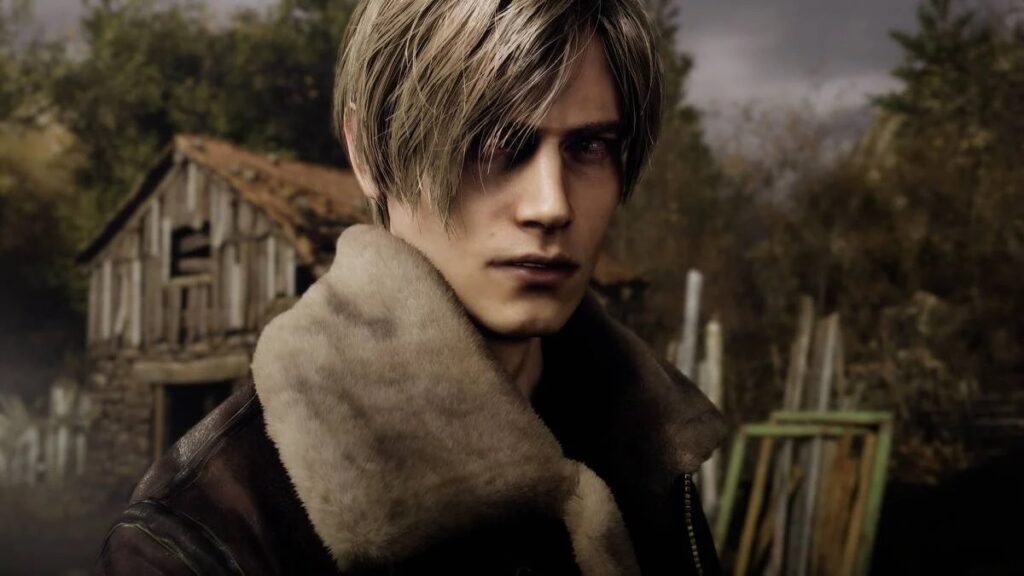
Publishers Look to Safety in Their Portfolios
The Game Awards is usually a hotspot of trend analysis to see what the next year is going to bring for games. AAA is back its usual business of keeping it safe, but that’s usually par for the course. The first sign of market instability ensures that AAA publishers and studios will clamp their “less than sure bet” titles and focus on safer titles that are sure to create a healthy longtail for sales, steady engagement over time, and recurrent spending.
Unfortunately, with all of the purse string tightening that’s happening around the world, especially in luxury industries like ours, this leaves indie developers in a serious pinch. Money will be put towards safer bets that don’t require a lot of hand-wringing — tried and true monetization, limited experimentation in mechanics, and an emphasis on “what’s streamable and memeable”.
Arthouse games are put in an uncomfortable situation where there are definitely players that will play them, but almost no publishers that will be willing to take a chance on something that’s considered too different.
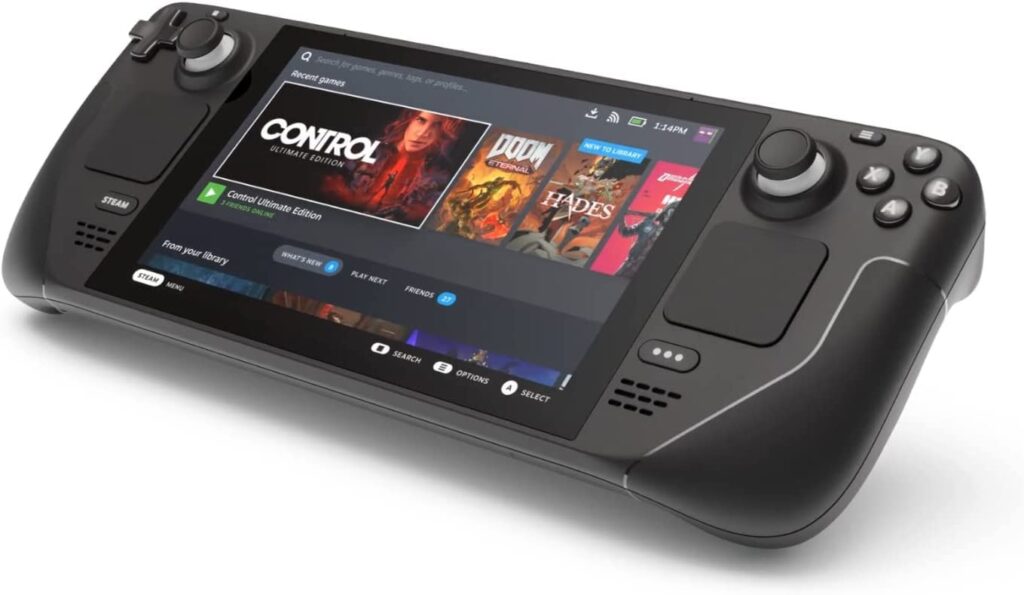
Publishers Return to Steam, Following the Audience
Continuing the “safety” theme, this year saw the return of a number of publishers to Steam who had previously abandoned the storefront. EA, which parted ways with Valve in 2011 to spin up its own game launcher, began returning its titles a couple of years ago, putting a crack in the dam.
This year saw Microsoft bring Bethesda titles back to Steam, shuttering the Bethesda launcher (but taking care of consumers, by allowing them to transfer game ownership to their Steam libraries). Ubisoft seems to have ended its PC exclusivity relationship with Epic that started with The Division 2 in 2019. Now, the publisher is slowly putting its titles, including Immortals: Fenix Rising and Assassin’s Creed Valhalla back on Steam.
Valve’s 30% cut was a deterrent for these companies, who were convinced that their PC titles would perform just as well when sold through other channels. Departing the storefront was an understandable decision, based on the premise that users would follow the games regardless of how they were delivered.
After years of data though, it seems that a not-insignificant portion of the audience is intransigent about installing multiple launchers. For them, if it’s not on Steam, it doesn’t exist. And in an economy that has become muddier and more hostile to everyone, casting a wide net and reaching as many potential consumers as possible can make things just a little prettier when it comes time to report to investors.
For consumers, it’s either neutral or positive. For Valve, especially in the age of the Steam Deck, it’s vindication.
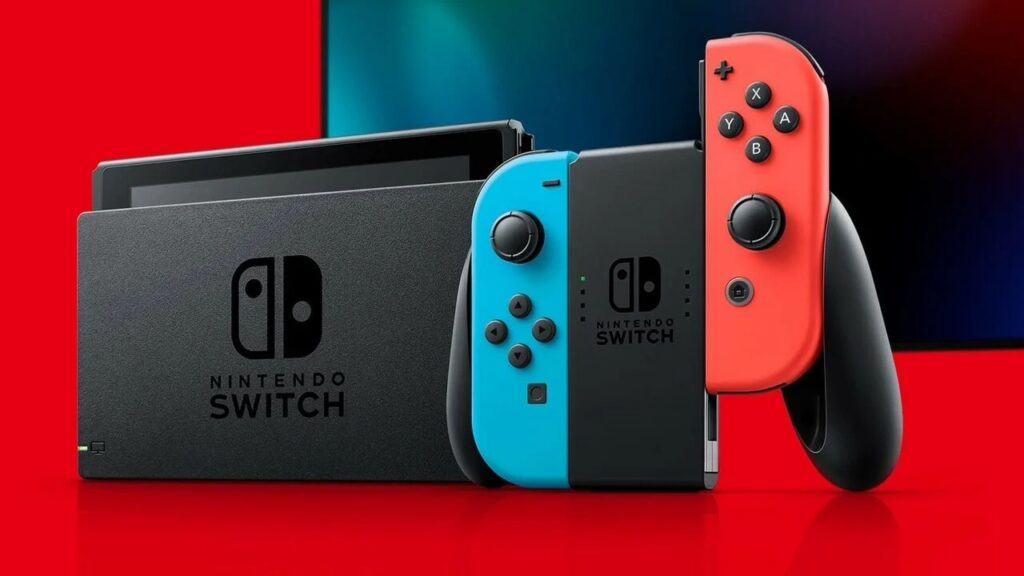
It’s Time for a New Nintendo Console
We’ve loved the Nintendo Switch and each of its variants since 2017. In our household, our Switch library is the most robust out of all of the consoles that we own… and for a good reason. Coupling portability with higher quality graphics than anything that we’d seen from Nintendo kept us going back for more.
But here we are, six years into the Nintendo Switch’s hardware cycle and the handheld hybrid is showing its age something fierce. Even with the advent of the Nintendo Switch OLED, the upgrade won’t be enough to keep people from jumping ship over to Valve’s handheld, the Steam Deck, which is a magnificent upgrade (with an albeit clumsier form factor due to its size and weight). Our Steam Decks, as lovely as they are, won’t play our fave Nintendo Switch games.
So, it’s time.
Even with discretionary and luxury spending tightening as they have been, Nintendo is going to need a new console in order to adequately compete with the Steam Deck’s superior hardware. Without a new entry, especially in a similar form factor as the Switch, Nintendo is going to continue to play from behind when it comes to software. Without better hardware, folks are going to wait for third-party developers to put their games on other platforms and completely miss out on first-party titles, opting for a better experience elsewhere.
Players are hungry for handheld experiences and everyone is waiting for Nintendo. So, it’s time.
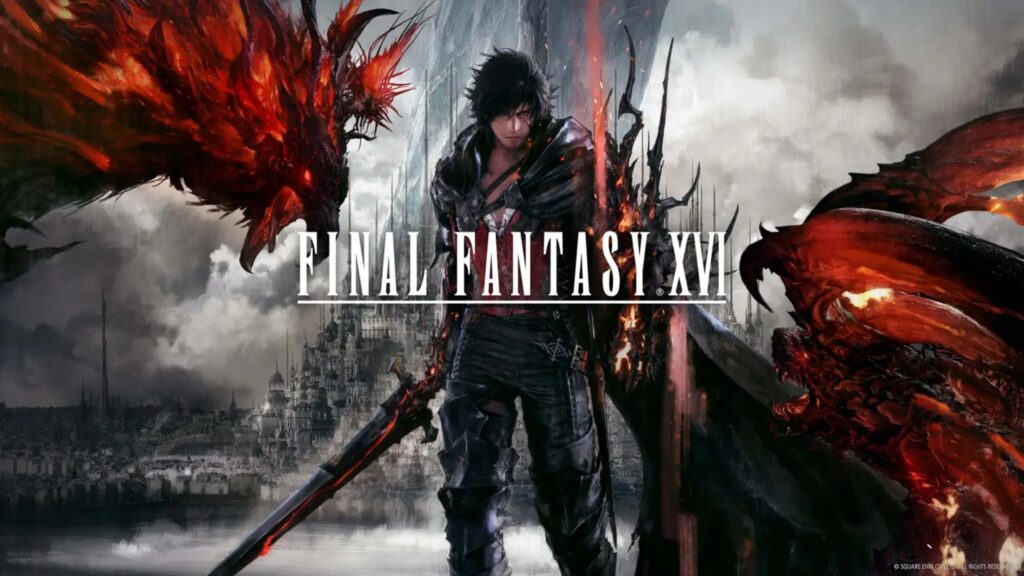
The Wrap-Up
This year is shaping up to be a huge one for gaming. Where 2022 was notable for its massive delays and thin release lineup, 2023 is set to be a torrential downpour of excellent offerings. But that might not be all good news.
With inflation mounting and discretionary spending limited, we may see even the best titles underperform their targets due to personal economic constraints. This could lead us back to a period of rapid discounting that we saw in the age of the 20% Amazon pre-order discounts and $20 drops in retail prices just a couple of weeks after launch.
That was a dark time for publishers, because it created a gulf between pre-orders and the inevitable 14-day price drop. Those first two weeks are crucial for game sales, especially in the era of social media word of mouth and Twitch stream critical mass. There’s a reason those pre-order pricing incentives are extinct like the dodo.
Is there too much of a good thing? We’re going to find out this year.
And if you have your own thoughts about what the biggest beats of 2022 were and what we should be looking for in 2023, we’d love to hear from you! Email us at podcast@fsquared.biz to share your thoughts for the Virtual Economy podcast or share your opinions in our Discord server!
Header image courtesy of Uplyak on Freepik.
